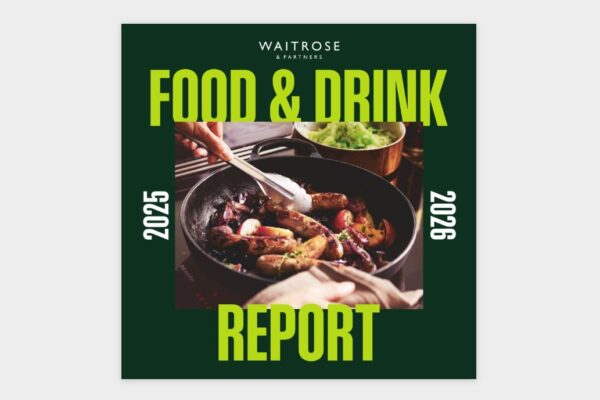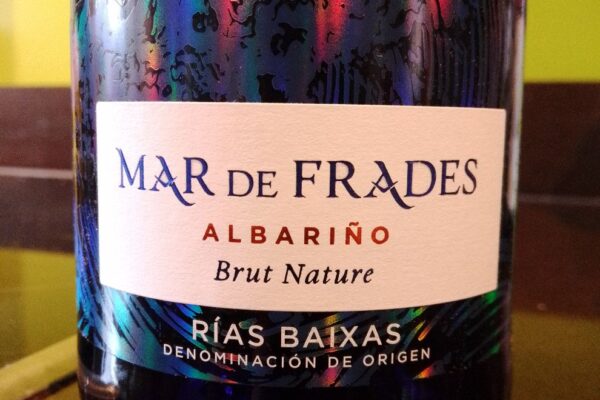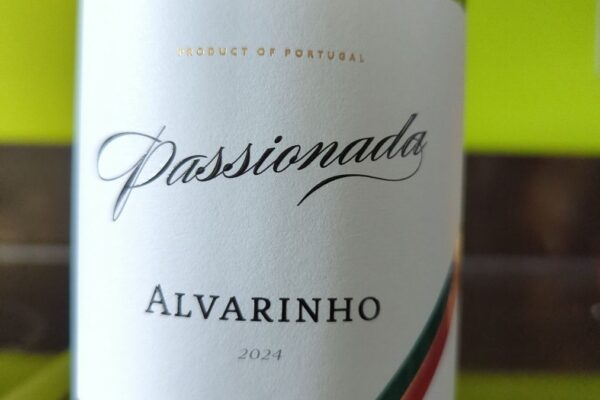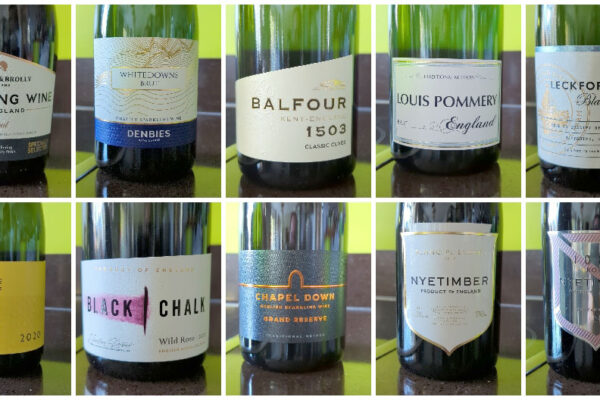The new ProWein Business Report 2025, based on a survey of over 1,300 wine industry experts from more than 30 countries, highlights the challenges and trends shaping the global wine market. The report explains the importance of adapting to economic pressures, changing consumer preferences and evolving industry demands.
Economic challenges and shifting consumer behaviour remain at the forefront of industry concerns. Although cost pressures have slightly eased (with an index drop from 73 to 65), producers in regions such as Germany, Spain, and the US, along with retailers in the UK and Ireland, continue to face significant difficulties. Consumer spending power remains weak due to the global economic downturn, with health concerns and a growing preference for alternative beverages contributing to a decline in wine consumption. This trend is particularly pronounced in North America and among producers in Austria, Portugal and Germany. Additionally, stricter alcohol policies are an increasing concern, cited by 43% of respondents, especially in Belgium, the UK/Ireland and among producers in the New World.
The economic outlook for 2025 is mixed. Producers in Portugal and the New World are optimistic, while those in Germany, Italy, and Austria anticipate continued challenges. Retailers in Southern Europe, the Netherlands and the UK/Ireland expect improvements, but caution remains in Eastern Europe, Switzerland and Germany. These trends reflect regional disparities in economic recovery and consumer behaviour.
In 2024, most producers experienced declining sales volumes, particularly in Germany, France and Austria, with Portugal being a notable exception. On the trade side, retailers in the Netherlands and Southern Europe reported growth, but significant declines were observed in North America, Austria and Germany. Additionally, a shift toward lower price points has been observed, especially in markets like the UK/Ireland, Scandinavia and North America. Premium and super-premium wines remain resilient only in a few markets, such as the Netherlands and Germany.
The industry’s reliance on premiumisation as a growth strategy is being questioned. While premium and super-premium wines have driven value growth over the past two decades, half of industry experts believe current pricing levels are unsustainable. This raises concerns about the long-term viability of the strategy. Engaging younger generations is seen as essential for the future, with experts highlighting the need to connect premium products with sustainability, lifestyle appeal and unique experiences.
Product trends are evolving, with increased consumer interest in sparkling, white, and rosé wines, as well as low- and no-alcohol options. These trends are particularly strong in Southern and Eastern Europe, Scandinavia and Germany. Non-alcoholic beverages, such as sparkling tea and kombucha, are also gaining popularity in markets like the UK/Ireland and Belgium. Red wines are losing appeal in many regions, although they remain popular in Southern and Eastern Europe. Meanwhile, natural and orange wines are seen as trendy in markets such as the UK/Ireland and the Netherlands, whereas fortified and aromatised wines remain niche products with limited regional appeal.
To address these challenges and opportunities, the report stresses the need for innovative marketing and communication strategies. Engaging modern consumers will require an emphasis on sustainability, value and unique experiences.













